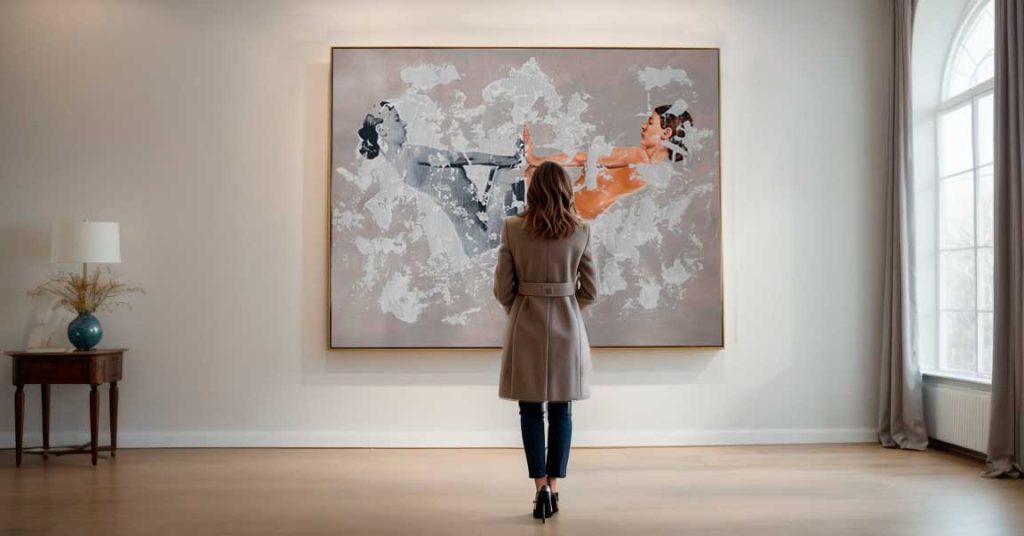
- Introduction
- What is Intellectual Property in Art?
- Types of Intellectual Property for Artists
- Intellectual Property Challenges in the Art World
- Protecting Your Art: Practical Tips
- International Intellectual Property Considerations
- Real Intellectual Property Case Studies
- Emerging Trends and Technologies
- Conclusion
- Additional Resources
- FAQs
Introduction
As an artist, you pour your heart and soul into your creations. You want to share your vision with the world, but you also want to protect your rights and interests. That’s where intellectual property comes in. Intellectual property is a legal concept that refers to the intangible assets that result from human creativity, such as artworks, designs, inventions, and literary works. Intellectual property gives you the exclusive right to use, reproduce, distribute, and profit from your creations, as well as the ability to prevent others from doing so without your permission.
In the art world, where originality and expression are highly valued, intellectual property is especially important. Whether you are a painter, a sculptor, a photographer, or a digital artist, you need to be aware of the intellectual property laws that apply to your work and how you can safeguard your artistic creations from plagiarism, infringement, and unauthorized use. In this article, we will explore the nuances of intellectual property in the art world and provide you with some practical tips on how to protect your art.
What is Intellectual Property in Art?
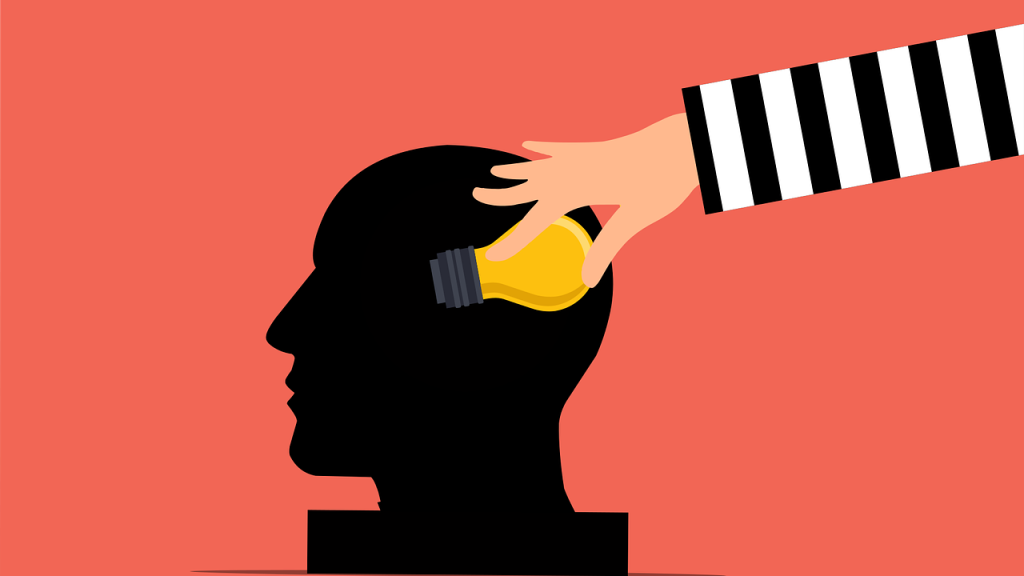

Intellectual property is a broad term that encompasses various types of legal rights that protect the products of human creativity. The main types of intellectual property that are relevant to the art world are:
Copyright:
This is the right that grants you the exclusive authority to control how your original works of authorship are used, reproduced, displayed, and distributed. Copyright applies to any tangible expression of your ideas, such as paintings, sculptures, photographs, drawings, and digital art.
Trademarks:
This is the right that allows you to identify and distinguish your goods or services from those of others. Trademarks can include words, names, symbols, logos, slogans, or any combination thereof that you use to brand your art or your artistic business.
Patents:
This is the right that gives you the exclusive right to make, use, sell, or import your inventions for a limited period of time. Patents are usually granted for technical innovations, such as new machines, processes, or products. Patents are less common in the art world, but they may apply to some artistic inventions, such as novel methods of creating art or new types of art materials.
Design rights:
This is the right that protects the appearance or configuration of your products or parts of your products. Design rights can cover the shape, color, texture, pattern, or ornamentation of your artistic creations, such as jewelry, furniture, clothing, or accessories.
Each type of intellectual property has its own rules, requirements, and procedures for obtaining and enforcing it. Depending on the nature and purpose of your art, you may need to register your intellectual property rights with the relevant authorities, or you may enjoy them automatically upon creation. In any case, you should always keep in mind the intellectual property implications of your artistic endeavors and take the necessary steps to secure and maintain your rights.
Types of Intellectual Property for Artists


As an artist, you may encounter different types of intellectual property rights in your work. Here are some of the most common ones and how they apply to your art:
Copyright
Copyright is the most fundamental and widely applicable type of intellectual property for artists. It protects your original works of authorship from being copied, reproduced, displayed, or distributed without your consent. It also gives you the right to license, sell, or transfer your rights to others, as well as to sue for damages if your rights are infringed.
How to obtain copyright for artworks
The good news is that you do not need to do anything to obtain copyright for your artworks. As long as your artworks are original and fixed in a tangible medium of expression, such as canvas, paper, wood, metal, or digital file, you automatically own the exclusive rights to them.
However, there are some benefits to registering your artworks with the relevant authorities, such as the U.S. Copyright Office or the European Union Intellectual Property Office. Registration can:
- Provide you with a public record of your ownership and creation date
- Enable you to sue for statutory damages and attorney fees in case of infringement
- Serve as evidence of your rights in court or in other disputes
While registration is typically optional, certain situations, such as initiating legal action or seeking specific grants or awards, may necessitate it. The fees and procedures associated with registration vary based on the jurisdiction and the nature of the work. You can consult the official websites of the intellectual property offices in your country or region for more information.
Duration and limitations
The duration of your copyright rights depends on several factors, such as:
- The date of creation or publication of your work
- The type and format of your work
- The country or region where your work is protected
- The identity and number of authors of your work
Generally speaking, your rights last for your lifetime plus a certain number of years after your death, usually 50 or 70 years depending on the jurisdiction. After that, your work enters the public domain, which means that anyone can use it freely without your permission or paying you any royalties.
However, there are some exceptions and limitations to your rights that you should be aware of, such as:
Fair use or fair dealing: This is a legal doctrine that allows the use of your work for certain purposes without your permission, such as criticism, comment, news reporting, teaching, research, or parody. The scope and criteria of fair use or fair dealing vary depending on the jurisdiction and the nature of the use.
Moral rights: These are the rights that protect your personal connection and reputation as the author of your work, such as the right to be credited, the right to prevent distortion or mutilation of your work, and the right to withdraw your work from circulation. Moral rights are separate from your economic rights and may last longer or be inalienable in some jurisdictions.
First sale doctrine or exhaustion of rights: This is the principle that allows the owner of a lawfully acquired copy of your work to resell, lend, or donate it without your permission. However, this does not apply to digital copies of your work, which are usually subject to licensing agreements that restrict their transfer or distribution.
Trademarks
Trademarks are another type of intellectual property that can be useful for artists. They allow you to identify and distinguish your goods or services from those of others in the market. Trademarks can include words, names, symbols, logos, slogans, or any combination thereof that you use to brand your art or your artistic business.
Protecting artist brands and logos
As an artist, you may want to create a distinctive brand or logo for yourself or your artistic venture. This can help you to:
- Build recognition and reputation among your audience and customers
- Communicate your values, vision, and style
- Differentiate yourself from other artists or competitors
- Prevent confusion or deception in the market
To protect your brand or logo, you need to register it as a trademark with the relevant authorities, such as the U.S. Patent and Trademark Office or the European Union Intellectual Property Office. Registration can:
- Grant you the exclusive right to use your trademark in connection with your goods or services
- Enable you to sue for infringement or dilution of your trademark
- Serve as evidence of your ownership and validity of your trademark
Registration fees and procedures vary depending on the jurisdiction and the type of trademark. You can consult the official websites of the intellectual property offices in your country or region for more information.
Trademark registration process
The trademark registration process typically involves the following steps:
- Conduct a trademark search: Before applying for a trademark, you should conduct a thorough search to make sure that your brand or logo is not already registered or used by someone else in the same or related field. You can use online databases, such as the Trademark Electronic Search System (TESS) or the European Union Trade Mark and Design Network (TMview), to check the availability of your trademark.
- Prepare and file your trademark application: Once you have chosen a suitable trademark, you need to prepare and file your application with the relevant intellectual property office. You need to provide information such as your name, address, description of your goods or services, and a specimen or drawing of your trademark. You also need to pay the required fees, which may vary depending on the number and class of goods or services you want to register your trademark for.
- Wait for the examination and publication of your trademark: After filing your application, you need to wait for the examination and publication of your trademark by the intellectual property office. The examination process may take several months or longer, depending on the workload and complexity of your application. The examiner will check if your trademark meets the legal requirements, such as distinctiveness, functionality, and non-confusion. If your trademark is approved, it will be published in the official gazette or journal for public notice and opposition.
- Respond to any objections or oppositions: During the publication period, which usually lasts for 30 days or more, anyone can file an objection or opposition to your trademark if they believe that it infringes or conflicts with their rights or interests. You will have the opportunity to respond to any objections or oppositions and defend your trademark. If your trademark is opposed, you may need to go through a hearing or a trial to resolve the dispute.
- Receive your trademark registration certificate: If your trademark is not objected or opposed, or if you successfully overcome any objections or oppositions, you will receive your trademark registration certificate from the intellectual property office. This will confirm your ownership and exclusive right to use your trademark in connection with your goods or services. You will also need to renew your trademark periodically, usually every 10 years, to maintain your rights.
Intellectual Property Challenges in the Art World
As an artist, you may face various challenges in the art world related to intellectual property. Some of the most common ones are:
Plagiarism and unauthorized use of artworks:
Plagiarism is the act of copying or imitating someone else’s work without giving proper credit or acknowledgment. Unauthorized use of artworks is the act of using someone else’s work without their permission or consent, such as reproducing, displaying, or distributing it. Both plagiarism and unauthorized use of artworks can infringe your intellectual property rights and harm your reputation and income as an artist. You may encounter plagiarism and unauthorized use of artworks in various forms and contexts, such as:
Online platforms and social media: Your artworks may be copied, downloaded, or shared by others without your permission or attribution on various online platforms and social media, such as websites, blogs, forums, or apps. This can expose your artworks to a wider audience, but it can also dilute your brand and reduce your control over your work.
Art galleries and exhibitions: Your artworks may be displayed or sold by others without your permission or consent in various art galleries and exhibitions, such as museums, fairs, or shows. This can increase your exposure and recognition, but it can also deprive you of your royalties and ownership rights.
Commercial products and services: Your artworks may be used or incorporated by others without your permission or consent in various commercial products and services, such as books, magazines, posters, clothing, accessories, or advertisements. This can generate revenue and publicity for others, but it can also diminish your artistic value and integrity.
Navigating legal battles in the art community:
If you encounter plagiarism or unauthorized use of your artworks, you may want to take legal action to protect your intellectual property rights and interests. However, navigating legal battles in the art community can be challenging and costly for several reasons, such as:
Complexity and diversity of intellectual property laws: Intellectual property laws are complex and diverse, as they vary depending on the type of work, the jurisdiction, and the situation. You may need to consult with a lawyer or an expert to understand and apply the relevant laws to your case. You may also need to deal with multiple laws and authorities if your case involves cross-border or international issues.
Difficulty of proving ownership and infringement: To successfully enforce your intellectual property rights, you need to prove that you own your work and that someone else has infringed your rights. This can be difficult, as you may need to provide evidence such as registration certificates, creation dates, original copies, or witnesses. You may also need to show that the other party’s work is substantially similar or identical to yours and that they have accessed or copied your work without your permission or consent.
Risk of counterclaims and defenses: Even if you have a strong case, you may face counterclaims and defenses from the other party, such as:
Fair use or fair dealing: The other party may claim that they have used your work for a legitimate purpose, such as criticism, comment, news reporting, teaching, research, or parody, and that their use does not affect your market or value.
Independent creation: The other party may claim that they have created their work independently and without any reference or influence from your work, and that any similarity is coincidental or inevitable.
Public domain: The other party may claim that your work has entered the public domain, either because your rights have expired or because you have waived or abandoned them, and that anyone can use it freely.
These challenges can make it hard and expensive for you to protect your intellectual property rights and interests in the art world. Therefore, you need to be proactive and vigilant in safeguarding your artistic creations and preventing potential disputes.
Protecting Your Art: Practical Tips


As you can see, intellectual property is a complex and dynamic field that poses many challenges for artists. However, there are some practical tips that you can follow to protect your art and avoid potential problems. Here are some of them:
Documentation
Documenting involves meticulously recording details of your artistic creations and activities. This process aids you in:
- Establish your ownership and creation date of your work
- Support your claims and evidence in case of disputes or litigation
- Monitor and manage your intellectual property portfolio and rights
- Promote and market your work and brand
Importance of keeping detailed records
Keeping detailed records of your work is essential for proving your ownership and validity of your intellectual property rights. You should document every aspect of your work, such as:
- The concept and inspiration of your work
- The process and methods of creating your work
- The materials and tools used for your work
- The date and location of creating your work
- The modifications and revisions of your work
- The collaborators and contributors of your work
- The exhibitions and publications of your work
- The licenses and transfers of your work
You should also document any incidents or issues that may affect your intellectual property rights, such as:
- The infringement or unauthorized use of your work
- The disputes or conflicts with other parties over your work
- The registration or renewal of your intellectual property rights
- The enforcement or litigation of your intellectual property rights
Digital and physical documentation strategies
You can use various digital and physical documentation strategies to keep track of your work and rights, such as:
- Digital documentation: You can use digital tools and platforms to store, organize, and share your work and records, such as:
- Cloud services: You can use cloud services, such as Google Drive, Dropbox, or OneDrive, to upload and backup your work and records online. You can also access and sync your files across different devices and share them with others easily and securely.
- Online portfolios: You can use online portfolios, such as Behance, ArtStation, or DeviantArt, to showcase and promote your work and brand. You can also add metadata and tags to your work to enhance its visibility and discoverability.
- Blockchain technology: You can use blockchain technology, such as Ethereum, to create and verify digital certificates of authenticity and ownership for your work. You can also use smart contracts to automate and enforce your licensing and transfer agreements.
- Physical documentation: You can also use physical tools and methods to preserve and protect your work and records, such as:
- Paper records: You can use paper records, such as invoices, receipts, contracts, or certificates, to document your work and rights. You should keep them in a safe and accessible place and make copies or scans of them for backup.
- Labels and signatures: You can use labels and signatures, such as stickers, stamps, or watermarks, to mark your work and identify yourself as the author. You should also include information such as your name, contact details, creation date, and intellectual property rights on your labels and signatures.
- Physical security: You can use physical security, such as locks, alarms, or cameras, to prevent theft, damage, or loss of your work and records. You should also insure your work and records against any risks or hazards.
Leveraging Contracts
Contracts are the agreements that define the terms and conditions of your intellectual property transactions and relationships. Contracts can help you to:
- License or transfer your intellectual property rights to others
- Establish the scope and limitations of your intellectual property rights
- Protect your intellectual property rights from infringement or misuse
- Resolve any disputes or conflicts that may arise from your intellectual property transactions and relationships
Crafting effective licensing agreements
Licensing agreements are the contracts that allow you to grant others the permission to use your intellectual property rights for a specific purpose, duration, and territory. Licensing agreements can help you to:
- Generate income and royalties from your intellectual property rights
- Expand your market and audience for your intellectual property rights
- Collaborate and partner with other parties for your intellectual property rights
- Retain your ownership and control over your intellectual property rights
To craft effective licensing agreements, you should consider the following factors:
- The parties: You should identify and verify the parties involved in the licensing agreement, such as yourself, the licensee, and any intermediaries or agents. You should also specify the roles and responsibilities of each party, such as the payment, reporting, and auditing obligations.
- The rights: You should define and describe the intellectual property rights that you are licensing, such as the type, format, and quality of your work. You should also indicate the exclusivity and sub-licensability of your rights, such as whether you are granting the licensee the sole or non-exclusive right to use your work, and whether the licensee can further license your work to others.
- The scope: You should determine and limit the scope of your licensing agreement, such as the purpose, duration, and territory of the license. You should also specify the conditions and restrictions of your license, such as the permitted and prohibited uses, modifications, and reproductions of your work.
- The compensation: You should negotiate and agree on the compensation for your licensing agreement, such as the amount, frequency, and method of payment. You should also consider the taxes, fees, and expenses that may apply to your licensing agreement, such as the registration, renewal, or enforcement costs of your intellectual property rights.
Understanding contractual terms
Understanding contractual terms is essential for ensuring that your intellectual property rights and interests are protected and respected. You should read and review your contracts carefully and seek legal advice if necessary. You should also be aware of some common contractual terms that may affect your intellectual property rights, such as:
- Warranties and representations: These are the statements that you or the other party make to assure the validity and enforceability of your intellectual property rights, such as the originality, ownership, and non-infringement of your work. You should be truthful and accurate in your warranties and representations, as they may affect your liability and remedies in case of breach or dispute.
- Indemnification and liability: These are the clauses that allocate the risk and responsibility for any damages or losses that may result from your intellectual property transactions and relationships, such as the infringement, misuse, or breach of your work. You should be careful and cautious in your indemnification and liability clauses, as they may affect your rights and obligations in case of claim or litigation.
- Termination and renewal: These are the clauses that determine the end and continuation of your intellectual property transactions and relationships, such as the expiration, cancellation, or extension of your contracts. You should be clear and consistent in your termination and renewal clauses, as they may affect your rights and interests in case of change or dispute.
International Intellectual Property Considerations
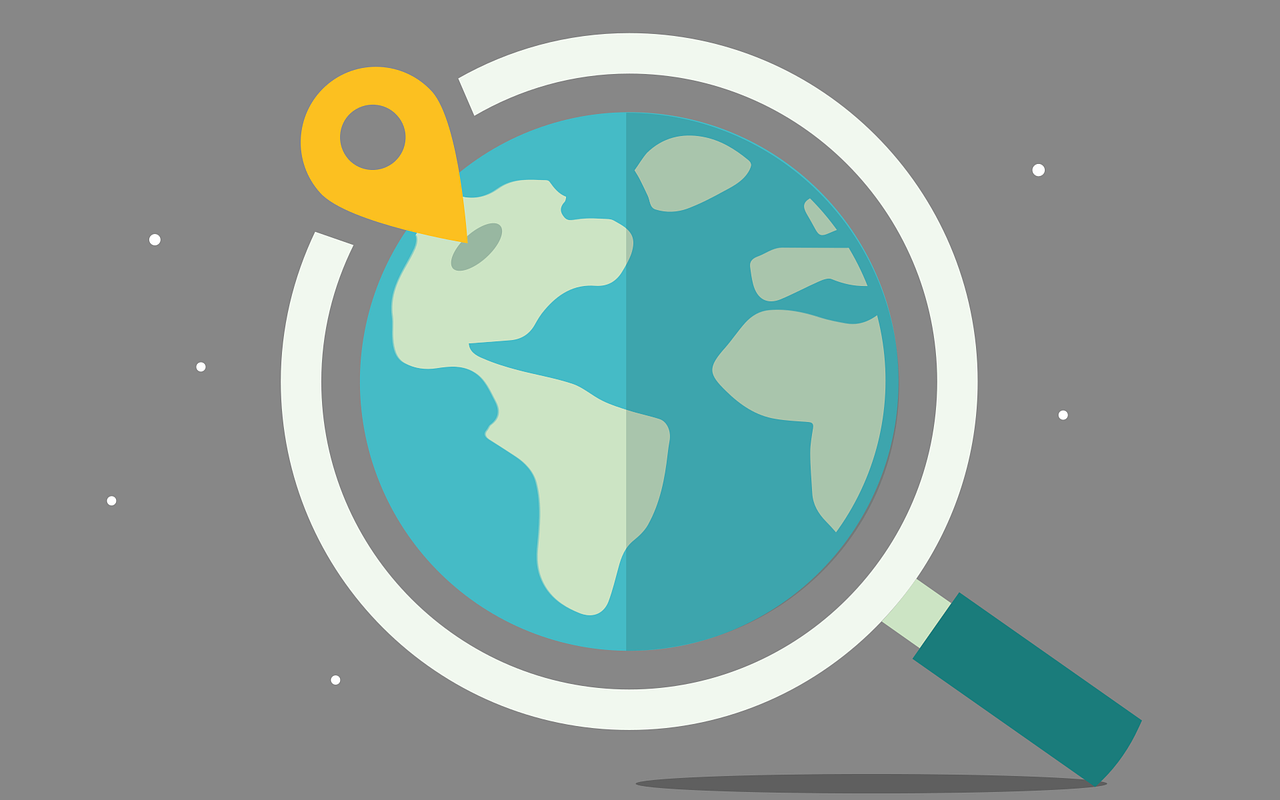

As an artist, you may want to expand your market and audience beyond your own country or region. However, you should be aware that intellectual property laws vary globally and that your rights may not be recognized or protected in other jurisdictions. Therefore, you need to consider the following factors when dealing with international intellectual property issues:
The applicable law and jurisdiction:
You should determine which law and jurisdiction apply to your intellectual property transactions and relationships, such as the creation, registration, licensing, or enforcement of your rights. This may depend on the location, nationality, or residence of the parties involved, as well as the nature and scope of the agreement or dispute. You should also check if there are any treaties or agreements that govern the recognition and protection of your rights in other countries or regions, such as the Berne Convention, the Paris Convention, or the TRIPS Agreement.
The registration and enforcement of your rights:
Register and uphold your intellectual property rights in the specific countries or regions where you intend to utilize or safeguard them. Adhere to varied procedures and requirements based on the type and jurisdiction of your rights. Consider engaging local agents or representatives for support during the registration and enforcement process. Vigilantly monitor and defend your rights against potential infringement or misuse in other countries or regions.
The cultural and ethical aspects:
Try tond appreciate the cultural and ethical aspects of the art world in different countries or regions. You should be aware of the diversity and sensitivity of the artistic expressions, values, and traditions in different cultures and contexts. You should also avoid any actions or behaviors that may offend or harm the artistic community or the public in other countries or regions, such as plagiarism, appropriation, or exploitation of their artworks or symbols.
Real Intellectual Property Case Studies
To illustrate the importance and complexity of intellectual property in the art world, here are some real-world examples of intellectual property issues that have occurred in the art world:
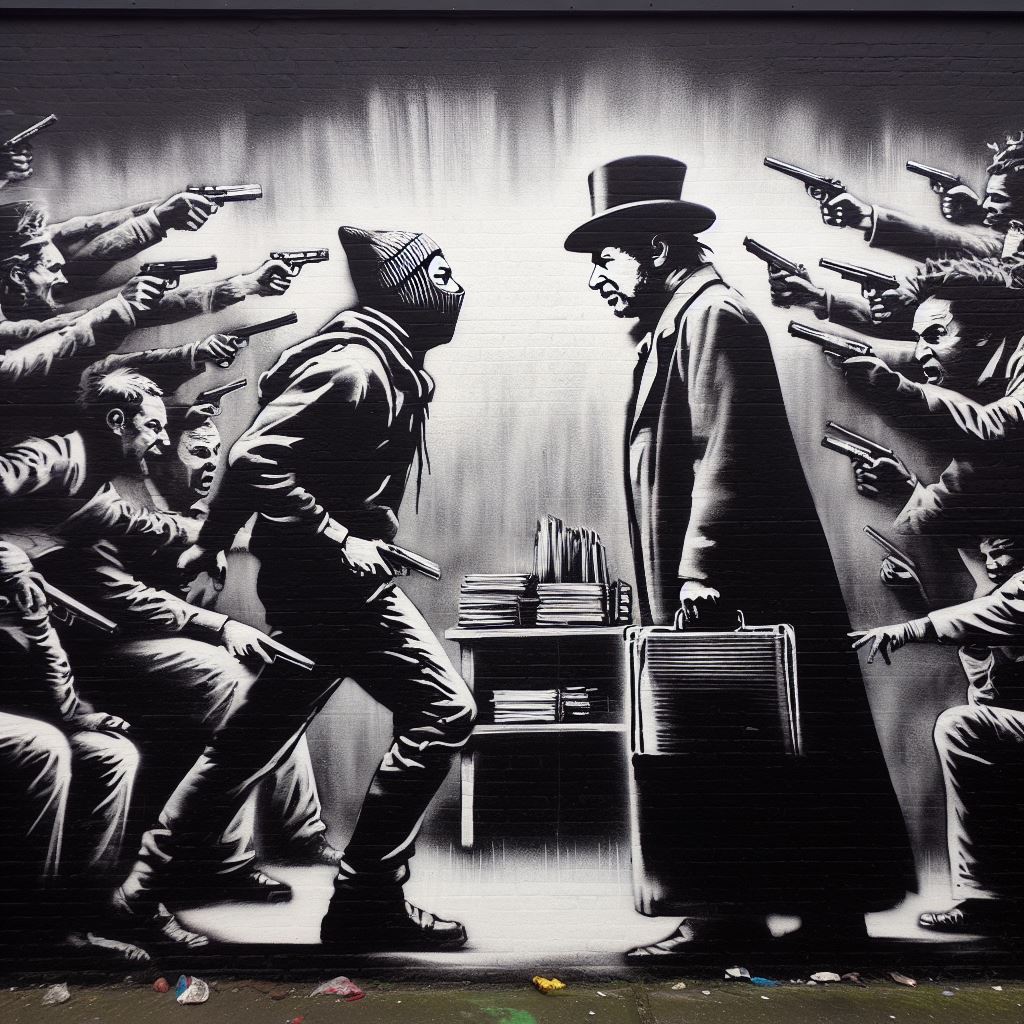

Banksy vs. Full Colour Black:
Banksy is a famous and anonymous street artist who creates provocative and political artworks on public walls and spaces. Full Colour Black is a greeting card company that sells cards featuring Banksy’s artworks without his permission or consent. Banksy filed a trademark lawsuit against Full Colour Black, claiming that they infringed his trademark rights and damaged his reputation. However, the European Union Intellectual Property Office (EUIPO) ruled in favor of Full Colour Black, stating that Banksy’s trademarks were invalid because he did not use them in good faith and he did not reveal his identity as the owner of the trademarks. The EUIPO also stated that Banksy’s anonymity and his anti-commercial stance were incompatible with his trademark claims.
Shepard Fairey vs. Associated Press:
Shepard Fairey is a graphic artist who created the iconic “HOPE” poster of Barack Obama during the 2008 presidential campaign. The Associated Press (AP) is a news agency that owns the original photograph of Obama that Fairey used as the basis for his poster. Fairey filed a lawsuit against AP, seeking a declaratory judgment that his poster was a fair use of the photograph and did not infringe AP’s copyright rights. However, AP countersued Fairey, alleging that he violated their rights and that he lied about the source of the photograph. The case was settled out of court, with Fairey agreeing to pay AP a undisclosed sum and to share the profits from his poster with AP.


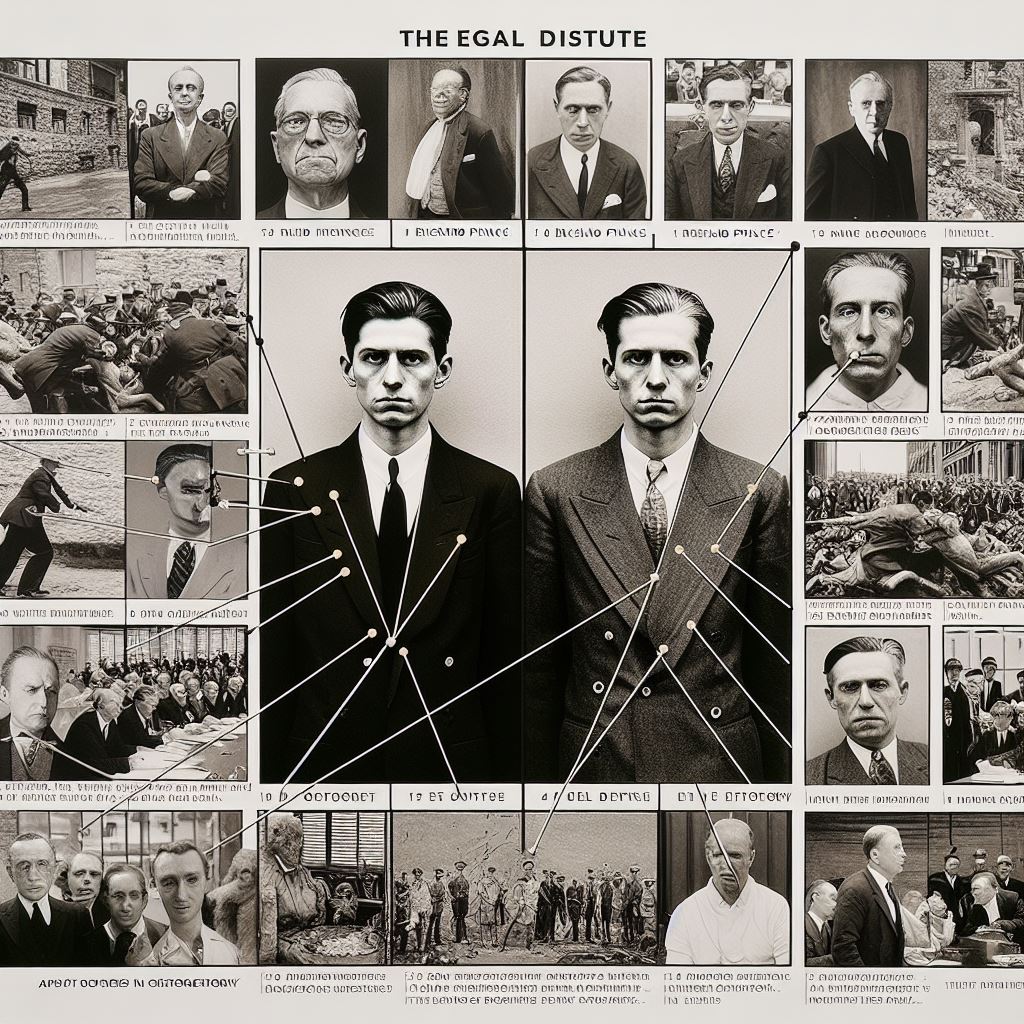

Richard Prince vs. Patrick Cariou:
Richard Prince is a controversial artist who appropriates and modifies other people’s photographs and artworks for his own artistic expression. Patrick Cariou is a professional photographer who published a book of photographs of Rastafarians in Jamaica. Prince used Cariou’s photographs as the raw material for his “Canal Zone” series of paintings, which he altered and distorted with paint, collage, and text. Cariou sued Prince, claiming that he infringed his rights and harmed his market. The district court ruled in favor of Cariou, ordering Prince to destroy his paintings and pay damages to Cariou. However, the appeals court reversed the decision, finding that most of Prince’s paintings were fair use of Cariou’s photographs and that they did not affect Cariou’s market.
Emerging Trends and Technologies


The art world is constantly evolving and adapting to the changing trends and technologies that influence and shape the artistic expression and experience. Some of the emerging trends and technologies that have an impact on intellectual property in the art world are:
- Digital art: Digital art is the art that is created, displayed, or distributed using digital technologies, such as computers, software, or the internet. Digital art can take various forms and genres, such as animation, video, interactive, or generative art. Digital art poses new challenges and opportunities for intellectual property, as it can be easily copied, modified, or shared online, but it can also be protected, tracked, or verified using digital tools and platforms.
- NFTs: NFTs are non-fungible tokens, which are unique and indivisible digital assets that are stored and traded on a blockchain network, such as Ethereum. NFTs can represent any type of digital or physical asset, such as artworks, collectibles, or games. NFTs can provide new ways for artists to create, sell, and collect their artworks, as they can:
- Prove the authenticity and ownership of their artworks
- Control the scarcity and value of their artworks
- Receive royalties and residuals from their artworks
- Access new and global markets and audiences for their artworks
However, NFTs also raise some legal and ethical issues for intellectual property, such as:
- The compatibility and validity of NFTs with the existing intellectual property laws and systems
- The rights and responsibilities of the NFT creators, owners, and buyers
- The environmental and social impact of NFTs and blockchain technology
Conclusion
Intellectual property is a vital and complex aspect of the art world that affects and influences the artistic creation and consumption. As an artist, you need to understand and respect the intellectual property laws and principles that apply to your work and how you can protect and leverage your intellectual property rights and interests. You also need to be aware and prepared for the challenges and opportunities that arise from the dynamic and diverse landscape of the art world and the emerging trends and technologies that shape and transform it.
Additional Resources
If you want to learn more about intellectual property in the art world, here are some additional resources that you may find helpful:
- World Intellectual Property Organization (WIPO) – Art and Cultural Heritage: This is the website of the WIPO, which is the global forum for intellectual property services, policy, information, and cooperation. It provides information and resources on various topics related to art and cultural heritage, such as the protection and promotion of traditional knowledge, folklore, and cultural expressions, the management and valuation of intellectual property assets in the cultural sector, and the resolution of intellectual property disputes in the art and cultural industries.
- Artists Rights Society (ARS) – Intellectual Property Rights for Visual Artists: This is the website of the ARS, which is the preeminent copyright society for visual artists in the United States. It represents the intellectual property rights of over 100,000 artists and their estates and foundations. It provides information and services on various aspects of intellectual property rights for visual artists, such as licensing, royalties, permissions, and advocacy.
- Creative Commons – Share Your Work: This is the website of the Creative Commons, which is a global nonprofit organization that enables the sharing and reuse of creativity and knowledge through free legal tools. It provides information and tools on how to share your work with the public using various types of licenses that grant different levels of permissions and restrictions to your work.


Disclaimer:
I am not a lawyer or an Intellectual Property expert; rather, I am an artist seeking knowledge on specific topics and aiming to assist others. While I strive to ensure the accuracy of the information in this article by cross-referencing reliable sources, it is essential to note that for any legal concerns regarding Intellectual Property and your artistic creations, it is recommended to reach out to the sources mentioned in the article or consult with professionals well-versed in the field.
Hope you enjoyed the article
FAQs
Q: What is intellectual property in the art world?
A: Intellectual property in the art world encompasses legal rights protecting creations, including copyrights, trademarks, and more.
Q: How do I register my artwork as intellectual property?
A: It depends on the type of intellectual property right you want to register. You need to apply to the relevant intellectual property office in your country or region, provide the required information and fees, and follow the registration process. You can check the official websites of the intellectual property offices or consult a lawyer for more details.
Q: How do I protect my artwork from plagiarism or unauthorized use?
A: Craft a clear licensing agreement specifying rights, scope, compensation, and liabilities. Consult a lawyer to ensure the validity and enforceability of the agreement.
Q: How do I license my artwork to others?
A: Licensing your artwork means that you grant others the permission to use your intellectual property rights for a specific purpose, duration, and territory. You need to craft an effective licensing agreement that defines and describes the rights, scope, compensation, and warranties of each party. You should also consult a lawyer or an expert to ensure that your licensing agreement is valid and enforceable.
Q: How do I deal with international intellectual property issues?
A: Consider applicable laws, registration, and enforcement in target countries. Be mindful of cultural and ethical aspects. Check treaties like Berne Convention and seek legal advice in case of disputes.

